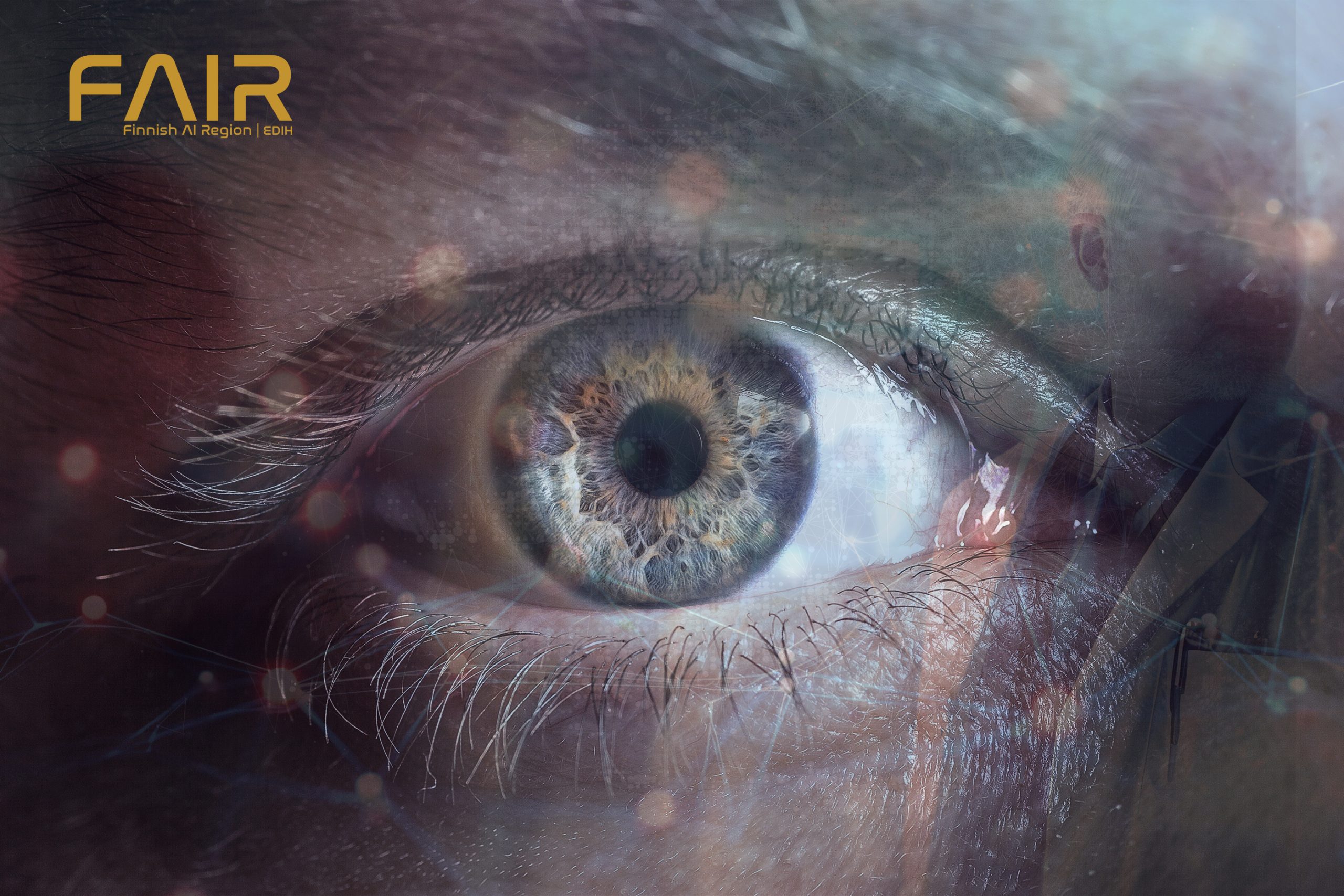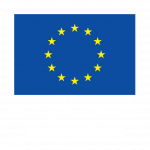

Beyond the Human Eye - AI's Groundbreaking Role in Medical Image Recognition

By Elisa Laatikainen, 6.2.2024.

One of the most crucial elements of the healthcare sector is medical imaging. Doctors and Radiologists around the world utilize imaging such as CT (Computed Tomography), MRI (Magnetic Resonance Imaging) and Ultrasound daily to collect vital information about their patients, enabling them to make correct diagnoses and treatment plans in critical situations. (1)
In recent decades, advances in medical imaging machines have revolutionized humanity’s ability to gather information about the inner workings of the human body (2). With access to this important information, medical professionals have been able to detect anomalies and provide better care to their patients at much earlier stages than ever before.
Whilst scans are valuable in content, they do not come without their challenges. A single scan can contain hundreds of individual images, with crucial patient data hidden in grayscale (3). The interpretation of such images requires a high level of expertise, and still the correct processing and analysis of the materials takes time.
In many societies, this has led to long patient wait times, even backlogs of imaging (4). It also doesn’t help that, for example, cardiovascular diseases (diagnosed with medical imaging) show ever-increasing numbers in the statistics (5).
Redefining Radiology: AIATELLA
Just like CT and MRI technology in their day, Artificial Intelligence (AI) is currently revolutionizing the field of healthcare. AI’s ability to process massive amounts of data offers the healthcare industry unprecedented potential to transform the way patients are helped (6).
By processing images in a fraction of the time it takes the human eye to process them (7), AI can help Doctors and Radiologists speed up the detection of medical anomalies.
In addition to expediting this vital point of medical care on an individual level, it also helps the healthcare industry to speed up processes, eliminate backlogs and deliver treatment to patients faster.
One of the interesting new companies harnessing this power into pioneering products is AIATELLA, developing an Artificial Intelligence solution for analyzing CT, MRI, and Ultrasound images of cardiovascular diseases.

Aiatella. Radiology. Redefined.
AIATELLA is a startup that is building cloud-based software to automatically analyze medical imaging, including MRI and CT scans.
AIATELLA’s software, which has already been successfully piloted with the iconic healthcare institution NHS (National Health Service, United Kingdom), uses AI to identify cardiovascular diseases from huge datasets, alerting medical professionals of anomalies with amazing accuracy and speed.
AIATELLA goes one step further, not only do they identify diseases, but they quantify them. This provides Doctors with everything they need to make a fast and accurate diagnosis. AIATELLA’s mission is to support Doctors in providing precision medical care to their patients by being able to process significant amounts of image data at an unprecedented speed and accuracy.
FAIR supporting companies in their development needs
Although the AI revolution currently offers unprecedented opportunities for medical technology (MedTech), there are also challenges that must be overcome in order to develop these products into their final form.
Especially in MedTech, an algorithm must be developed with high precision, trained on massive amounts of data, and validated for medical use, just to name a few elements that must be addressed to complete the development process. Here, organizations with a societal focus can play an important role, offering support and resources that facilitate these laborious undertakings.
Enter the Finnish AI Region FAIR, a European Digital Innovation Hub (EDIH), boosting the development of AI based solutions and processes. EDIHs are European Commission’s flagship initiatives, supporting SMEs in creating new digital solutions that change the global landscape.


FAIR offers companies a wide range of services to support them in their development, including insights into data collection and algorithms, business development, supercomputing and testbeds, just to name a few. AIATELLA’s collaboration with FAIR supports them with valuable resources in addition to AIATELLA’s own development team.
While FAIR consists of comprehensive resources, ranging from 60 AI professors and their teams to Europe’s fastest supercomputer LUMI, it is crucial to be able to recognize the best solutions for each specific company. “This is where we rely on our individual approach”, says AIATELLA’s FAIR Customer Manager Elisa Laatikainen.
“We build our expertise based on the situation of each respective company, ensuring them the right development tools, specific to their needs. This is based on a novel concept of a comprehensive needs analysis, leading up to a tailored roadmap of support and services”, she continues.
In the realms of image recognition, AI marks a significant leap in medical diagnostics. Companies like AIATELLA are at the forefront of this change, and we at FAIR, take immense pride in supporting their mission to leverage AI for better patient care, and better future. And remember, with FAIR, you can become the future.
References
(1) Graff, C., Sidky, E. 2015. Compressive sensing in medical imaging. National Library of Medicine. https://www.ncbi.nlm.nih.gov/pmc/articles/PMC4669980/
(2) Revolutionising Healthcare: A Historical Perspective on Medical Imaging. Open Medscience. https://openmedscience.com/revolutionising-healthcare-a-historical-perspective-on-medical-imaging/
(3) Ge, Y., Zhang, Q., Sun, Y., Shen, Y., Wang, X. 2022. Grayscale medical image segmentation method based on 2D&3D object detection with deep learning. BMC Medical Imaging. https://bmcmedimaging.biomedcentral.com/articles/10.1186/s12880-022-00760-2
(4) Omofoye, T., Vlahos, I., Marom, E., Bassett, R., Blasinska, K., Ye, X., Tan, B., Yang, W. 2023. Backlogs in formal interpretation of radiology examinations: a pilot global survey. Science Direct. https://www.sciencedirect.com/science/article/abs/pii/S0899707123002693
(5) Roth, G., et al. 2021. Global Burden of Cardiovascular Diseases and Risk Factors, 1990–2019: Update From the GBD 2019 Study. Science Direct. https://www.sciencedirect.com/science/article/pii/S0735109720377755
(6) Berry, M. 2023. Understanding the advantages and risks of AI usage in healthcare. Thomson Reuters. https://www.thomsonreuters.com/en-us/posts/technology/ai-usage-healthcare/
(7) Butrym, N. 2023. The Science Aspect of AI Image Enhancers Work – Why It’s Better Than Manual Human Work? Deep Image. https://deep-image.ai/blog/how-ai-image-enhancers-actually-work-why-its-better-than-manual-human-work/

